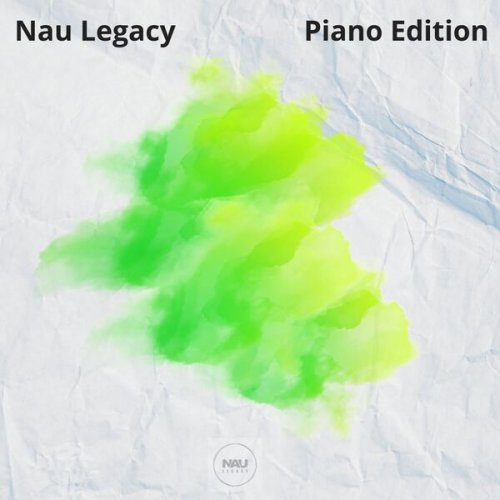Nuno Cernadas - Scriabin: the Complete Piano Sonatas (2024) [Hi-Res]
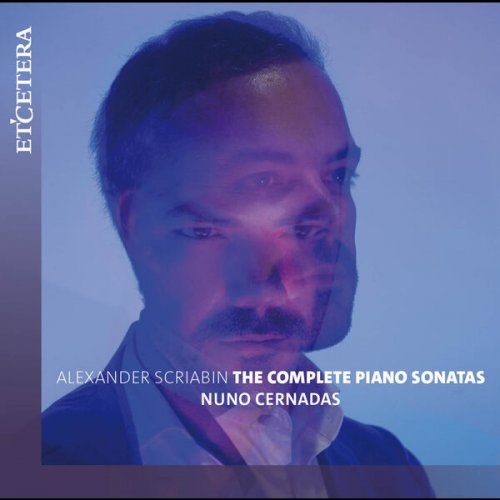
Artist: Nuno Cernadas
Title: Scriabin: the Complete Piano Sonatas
Year Of Release: 2024
Label: Etcetera
Genre: Classical Piano
Quality: flac lossless (tracks) / flac 24bits - 44.1kHz
Total Time: 02:10:20
Total Size: 432 mb / 0.99 gb
WebSite: Album Preview
TracklistTitle: Scriabin: the Complete Piano Sonatas
Year Of Release: 2024
Label: Etcetera
Genre: Classical Piano
Quality: flac lossless (tracks) / flac 24bits - 44.1kHz
Total Time: 02:10:20
Total Size: 432 mb / 0.99 gb
WebSite: Album Preview
CD1
01. Piano Sonata No. 1 in F Minor, Op. 6: I. Allegro con fuoco
02. Piano Sonata No. 1 in F Minor, Op. 6: II. (Adagio)
03. Piano Sonata No. 1 in F Minor, Op. 6: III. Presto
04. Piano Sonata No. 1 in F Minor, Op. 6: IV. Funebre
05. Piano Sonata No. 2 in G-Sharp Minor, Op. 19, Sonate-Fantaisie: I. Andante
06. Piano Sonata No. 2 in G-Sharp Minor, Op. 19, Sonate-Fantaisie: II. Presto
07. Piano Sonata No. 6, Op. 62
08. Piano Sonata No. 8, Op. 66
09. Piano Sonata No. 9, Op. 68, Black Mass
CD2
01. Piano Sonata No. 3 in F-Sharp Minor, Op. 23: I. Drammatico
02. Piano Sonata No. 3 in F-Sharp Minor, Op. 23: II. Allegretto
03. Piano Sonata No. 3 in F-Sharp Minor, Op. 23: III. Andante
04. Piano Sonata No. 3 in F-Sharp Minor, Op. 23: IV. Presto con fuoco
05. Piano Sonata No. 4 in F-Sharp Major, Op. 30: I. Andante
06. Piano Sonata No. 4 in F-Sharp Major, Op. 30: II. Prestissimo volando
07. Piano Sonata No. 5, Op. 53
08. Deux Morceaux, Op. 57: I. Désir
09. Deux Morceaux, Op. 57: II. Caresse Dansée
10. Feuillet d'album, Op. 58
11. Piano Sonata No. 7, Op. 64, White Mass
12. Piano Sonata No. 10, Op. 70
Alexander Scriabin's (1872-1915) piano sonatas offer a uniquely encompassing insight into the composer's fascinating music and aesthetics, and their development over the span of his creative life.
Upon first listening, Scriabin's piano sonatas seem to be a group of widely different works written in unrelated styles, as if they would be the result of the creative labour of different composers. On closer and repeated listening, however, they emerge as individual crystallised stages in a sweeping process of philosophical and aesthetic metamorphosis - a process that encompasses the constraints of the composer's own condition, his developing musical thought, and his philosophical understanding of the cosmos and his own place in it. Contact with the mystic philosophy, namely Theosophy, and with Silver Age Symbolist artists and thinkers was crucial to this development.
The wealth of expression contained in Scriabin's sonatas - ranging from the passionate romantic outbursts of the first three, through the flights and ecstatic dances of the middle period's first three, through the late sonatas' musical representation of mystical dissolution - is, I would dare say, unparalleled in the history of music. This paradox of variety within unity, well enshrined in the mystic philosophy so dear to Scriabin, demands of the pianist (and the public) an intense effort in identifying each sonata's idiosyncrasies without losing the feeling of the whole.
![Club Bolero, Armik - A Day in Brazil (2007) [Hi-Res] Club Bolero, Armik - A Day in Brazil (2007) [Hi-Res]](https://img.israbox.com/img/2025-12/15/5l607nskcv4xb0n237d8ngs7q.jpg)
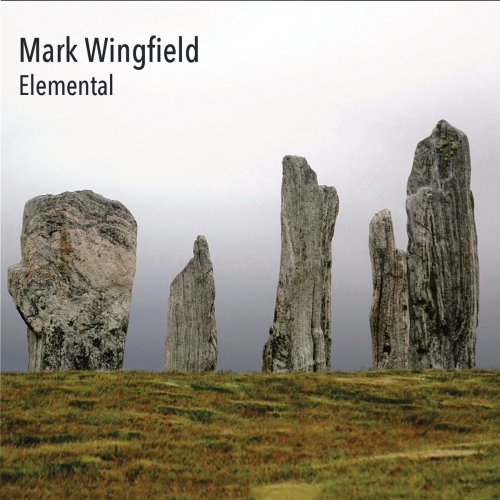
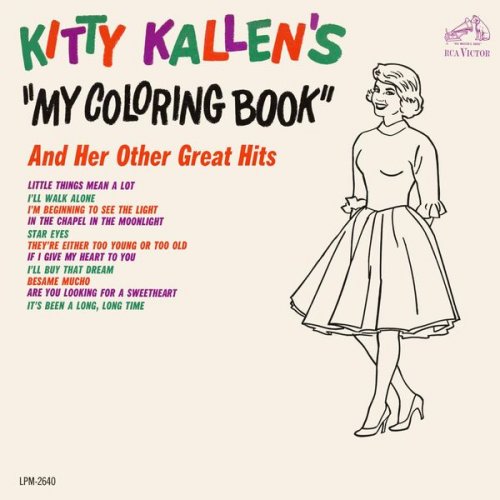
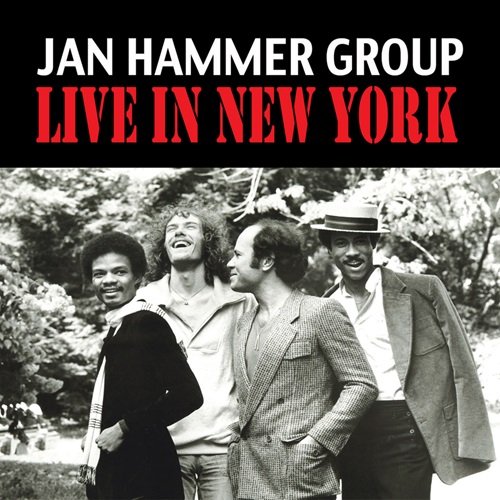
![Bobby Meckam - Trumpet and Jazz in Strings (1981/2025) [Hi-Res] Bobby Meckam - Trumpet and Jazz in Strings (1981/2025) [Hi-Res]](https://www.dibpic.com/uploads/posts/2025-12/1766062047_cover.jpg)
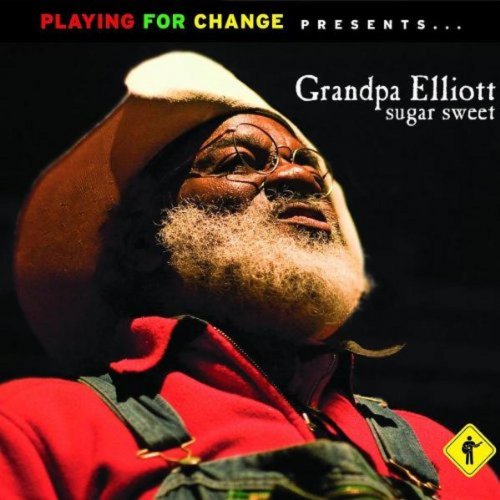
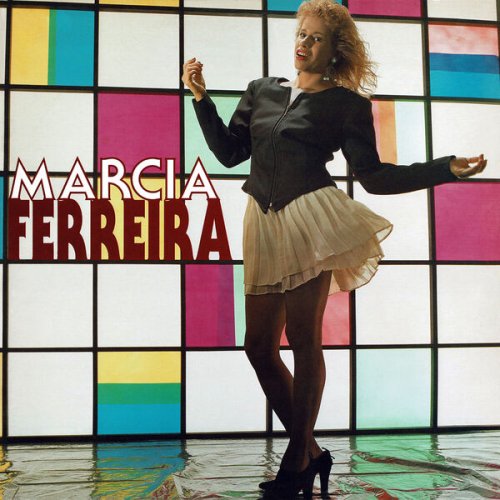
![Paul Mauriat - L'avventura (1972) [Hi-Res] Paul Mauriat - L'avventura (1972) [Hi-Res]](https://img.israbox.com/img/2025-12/19/q8l5an3pdrx7j3uta0q4cr2qi.jpg)
